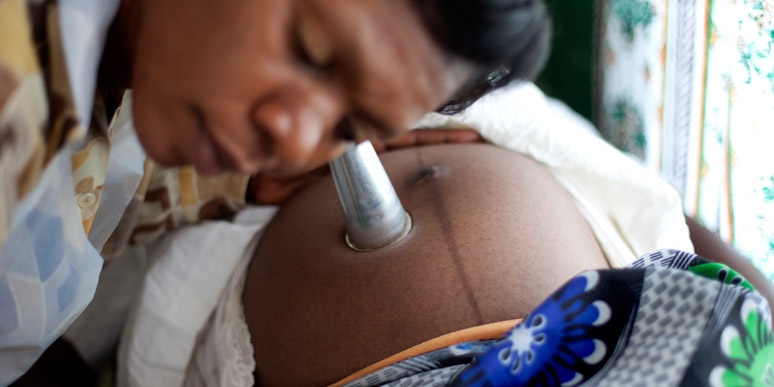Teenage pregnancies worry government
Ministry of Health has decried that despite efforts to reduce teen pregnancies in the country, the rate has risen to 31 percent this year from 29 percent previously.
The ministry’s deputy director for reproductive health Juliana Kanyengambeta-Mubanga, speaking on Friday when representatives of youth under the Act Alliance Nzatonse Project met duty bearers to push for promotion of sexual reproductive health rights (SRHR) for the youth, said teenage pregnancies contribute about 18 percent of maternal deaths.

She said that with funding challenges for sexual and reproductive health services, reducing teenage pregnancies to 15 percent by 2030 will be a tall order.
Said Kanyengambeta-Mubanga: “Teenage pregrancies were at 29 percent in 2015 and has been at 29 percent until this year when they rose to 31 percent. As a ministry, we made a commitment through the Family Planning 2030 [FP2030] that by 2030, our goal is to reduce the teenage pregrancies to 15 percent.
“But at this point, we might have to go back to the drawing table and revise our target. The best is for us to work as hard as we can to see how far we can go with reducing teenage pregnancies.”
She has since called for joint efforts to reduce teenage pregnancies, adding that there is need for more support from development partners to promote access to youth friendly health services.
Act Alliance Nzatonse Project representative Sylvester Luwemba urged government to urgently address challenges that young people face in accessing health services as they also affect their education and other activities.
He said data from the districts where Nzatonse Project is being implemented, namely Rumphi, Mzimba North, Mzimba South, Ntchisi, Ntcheu, Blantyre and Thyolo, indicate that teen pregnancies are fuelled by shortage of sexual reproductive health commodities.
Said Luwemba: “Data from the seven districts shows that in a space of six months, from January to June 2025, a total of 37 246 youth aged between 10 and 24 got pregnant. Of those, 131 were aged between 10 and 14 while 17 401 were aged between 15 and 19.
“Mzimba North recorded the highest number, with 16 257 teenage pregnancies during this period. These figures reflect the urgent need for accessible and consistent sexual and reproductive health services.”
He pointed out that teen pregnancies and other health issues have contributed to worsening school dropout rates, further noting that youths face unfriendly healthcare environments.
In his remarks, NCA-DCA country director Stefan Jansen called for serious interventions to tackle teen pregnancies whose key drivers are poverty, limited access to family planning services, and shortage of reproductive health commodities.
He said: “Addressing teen pregnancies requires the involvement of religious and community leaders who are key to shaping the attitudes and behaviours around sexual reproductive health rights, especially among the youth.
“As custodians of culture and religious norms, their engagement is crucial in addressing long standing taboos and improving parent- child communication on sexual reproductive health and rights.”
According to the 2016 Malawi Demographic Health Survey, 31 percent of rural girls aged 15-19 start child-bearing compared to 21 percent of their urban peers. Similarly, rural women with little or no education start having sex earlier than those in urban areas, which increases chances of adolescent pregnancies among the rural, less-educated and poor.





